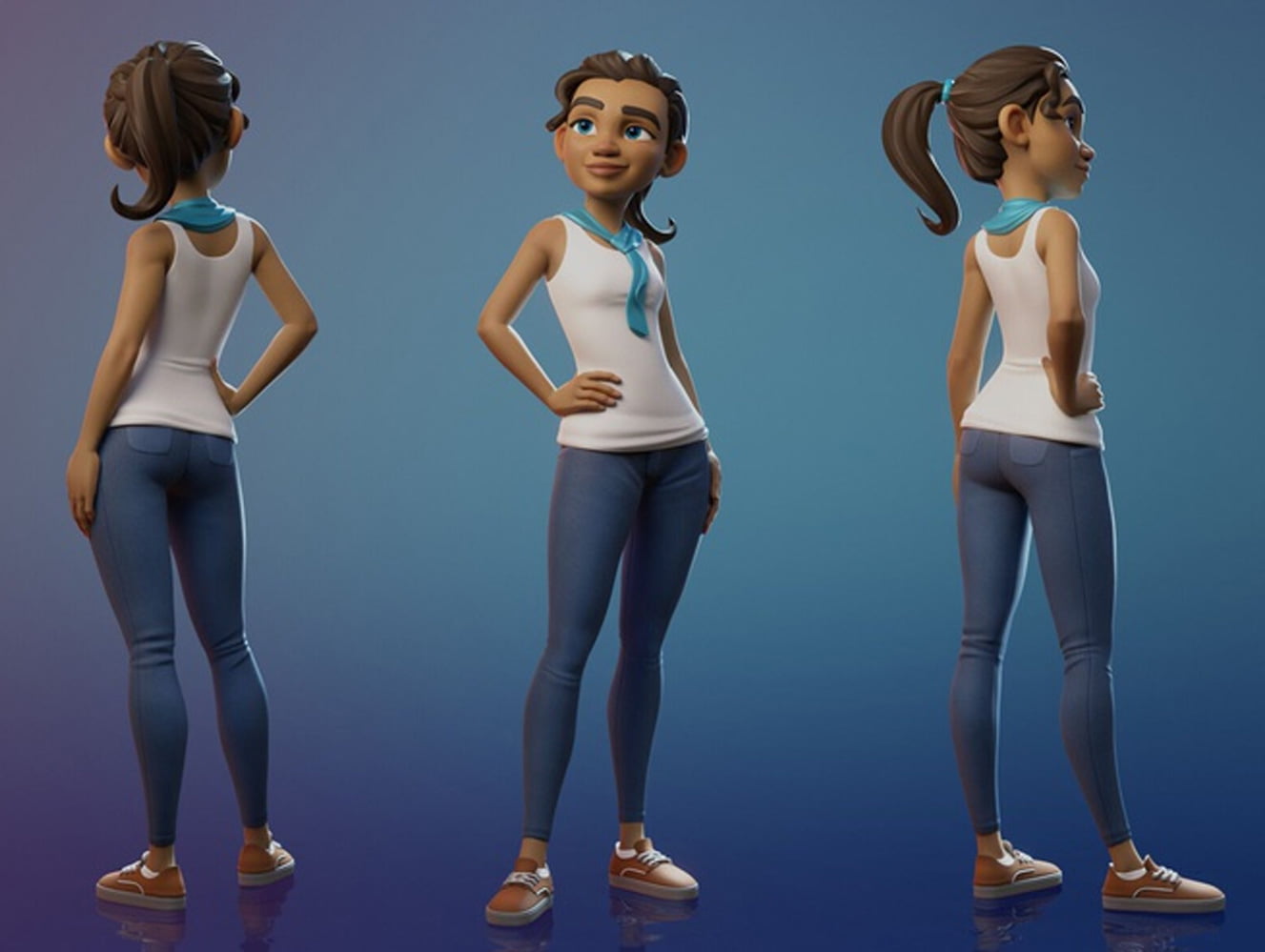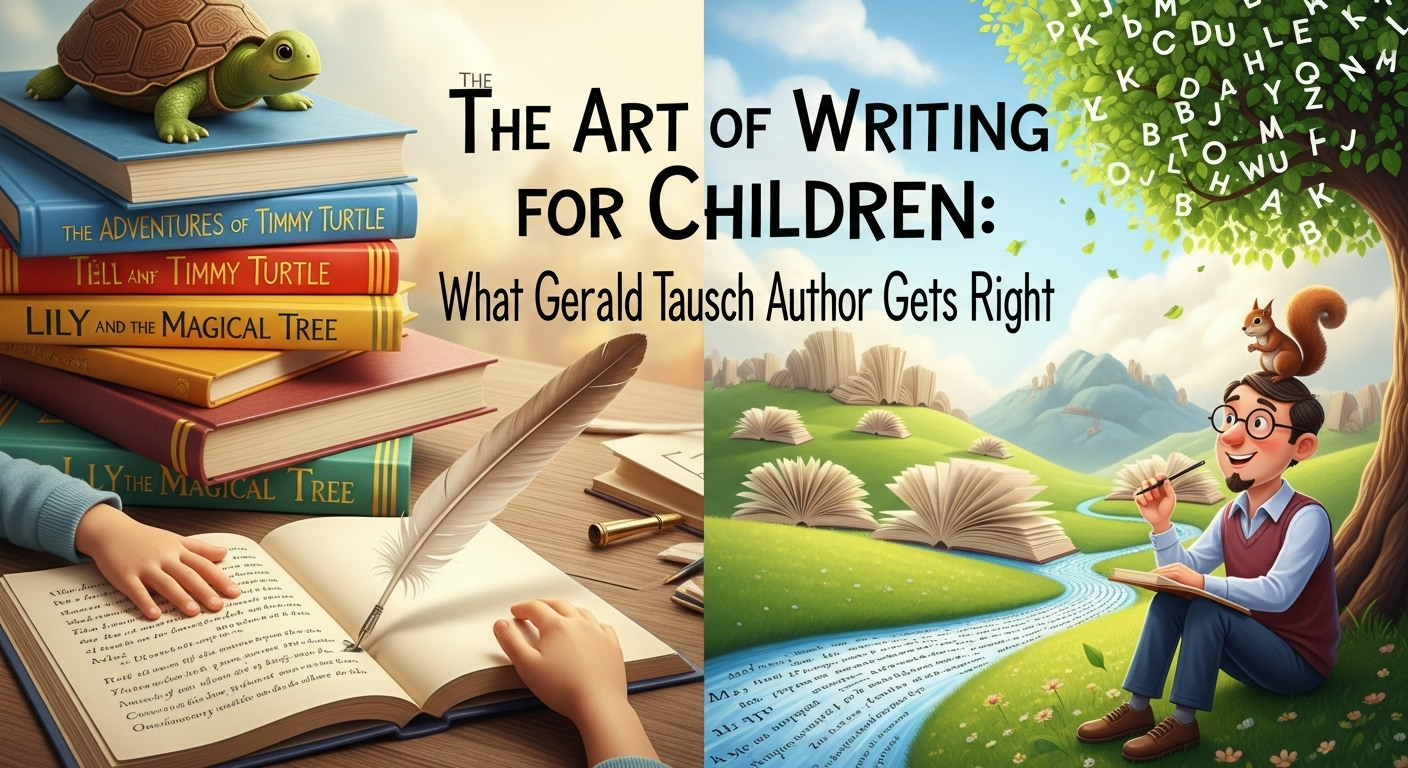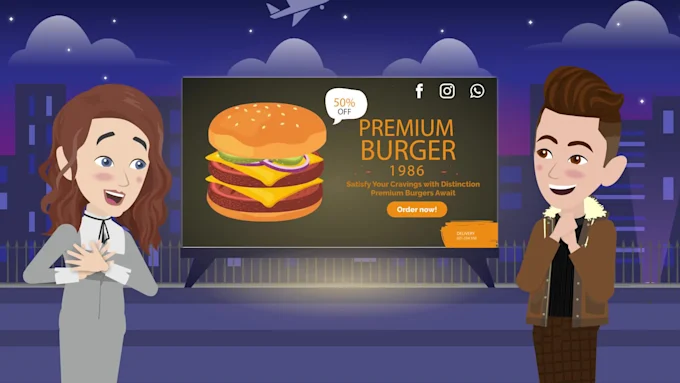Animation is one of the most versatile and powerful mediums for storytelling, education, and marketing. From childhood cartoons to blockbuster films and marketing campaigns, animation surrounds us in countless ways. While 2D animation holds a nostalgic, timeless appeal, 3D animation has risen as a dominant force, offering lifelike visuals and immersive experiences.
But for beginners stepping into the world of animation, understanding 3D can feel overwhelming. This guide breaks down 3D animation in simple terms, explores how it compares to 2D, and explains why businesses often use both styles in projects like the Explainer video.
What Is 3D Animation?
At its core, 3D animation is the art of creating moving images in three dimensions: height, width, and depth. Unlike 2D, which uses flat drawings, 3D involves creating models in a digital space that can be rotated, lit, and rendered from different angles.
Think of Pixar films, realistic product demos, or video game graphics — these are all made with 3D animation.
Key Elements of 3D Animation:
- Modeling – Building 3D characters, objects, and environments.
- Rigging – Adding a skeleton to models so they can move.
- Animation – Making the models move and act.
- Lighting and Texturing – Applying colors, textures, and light for realism.
- Rendering – Producing the final polished video.
The Evolution of 3D Animation
3D animation began in the late 20th century as an experimental technique. Early examples were basic, blocky, and expensive to produce. But advances in software and computing power transformed it into the rich, detailed medium we see today.
Now, 3D is not just for movies. It’s widely used in:
- Marketing campaigns.
- Architecture and interior design walkthroughs.
- Product visualizations.
- Medical and scientific training.
- Gaming and VR applications.
2D vs 3D Animation – What’s the Difference?
To understand 3D better, it helps to compare it with 2D animation.
2D Animation:
- Uses flat drawings or vector graphics.
- Faster and more affordable to produce.
- Perfect for storytelling, cartoons, and marketing explainers.
- Works great for businesses wanting clear, simple communication.
3D Animation:
- Involves three-dimensional models and environments.
- Requires more resources, time, and budget.
- Offers realism and immersive visuals.
- Best for industries where detail matters (architecture, healthcare, engineering).
For example, if a business needs to simplify a service or product, a 2D animated explainer video might be the best fit. But if the goal is to showcase a product in realistic detail, 3D animation could be more effective.
The Advantages of 3D Animation
- Realism and Depth
3D animations look lifelike, making them perfect for products, medical simulations, and architectural walkthroughs. - High Engagement
Because of their immersive feel, 3D visuals capture and hold viewers’ attention. - Versatility Across Industries
From entertainment to business, 3D can be applied almost anywhere. - Future-Proof Appeal
With VR, AR, and interactive media on the rise, 3D animation will continue to play a leading role.
The Limitations of 3D Animation
- Cost – Producing 3D is more expensive than 2D due to the resources and expertise required.
- Time – Projects take longer to complete because of modeling, rendering, and polishing.
- Complexity – Beginners may find 3D software and processes overwhelming at first.
This is why many businesses still prefer 2D animation for certain projects, especially marketing campaigns with tight budgets and timelines.
Why Explainer Videos Often Use 2D Animation
An Explainer video is a short, engaging video that simplifies complex ideas, products, or services. While both 2D and 3D can be used for this format, 2D is often the go-to choice.
Here’s why:
- Affordability – More budget-friendly than 3D.
- Clarity – 2D visuals are simple and easy to follow.
- Faster Production – Perfect for businesses needing quick turnaround.
- Wide Appeal – Works across industries and audiences.
This makes the 2D animated explainer video a reliable tool for startups, educators, and marketers who want results without stretching their budget.
When Should You Choose 3D for Explainer Videos?
While 2D is popular, 3D explainer videos shine in certain cases:
- Product Demonstrations – Showing a physical product from multiple angles.
- Medical or Technical Training – Explaining complex procedures with accuracy.
- High-End Branding – When you want your brand to appear cutting-edge and premium.
In many cases, businesses combine both styles — using 2D characters for storytelling and 3D models for product showcases. This hybrid approach offers the best of both worlds.
Getting Started with 3D Animation – Beginner Tips
If you’re new to 3D animation, here are a few steps to begin your journey:
- Choose the Right Software – Blender (free), Maya, and Cinema 4D are popular choices.
- Learn the Basics – Start with modeling simple objects before moving to complex characters.
- Practice Rigging and Animation – Learn how skeletons and movements work.
- Experiment with Lighting and Textures – These bring realism to your animations.
- Render and Refine – Rendering can take time, but it’s where your animation comes to life.
Remember, 3D is a skill that requires patience and practice, but the results can be incredibly rewarding.
The Future of 3D Animation
With rapid technological growth, 3D animation will only get more exciting. Some key trends shaping the future include:
- Virtual Reality (VR) and Augmented Reality (AR) – Fully immersive 3D experiences.
- Artificial Intelligence (AI) – Faster animation creation through automation.
- Interactive Media – Audiences can interact with animations in real time.
- Blended 2D and 3D – Hybrid animations combining the charm of 2D with the depth of 3D.
For businesses, this means new opportunities to connect with audiences in creative, innovative ways.
Final Thoughts
3D animation may seem complex, but at its core, it’s simply another way to bring stories and ideas to life — this time with depth and realism. While it requires more time and resources, its impact on audiences can be extraordinary.
Still, 2D animation holds its ground, especially in marketing and education, where clarity and affordability are crucial. For businesses, starting with a 2D animated explainer video is often the smartest move, while integrating 3D elements can elevate projects further.
In the end, the choice between 2D and 3D depends on your goals, audience, and budget. But one thing is clear: whether flat or three-dimensional, animation remains one of the most powerful tools for communication in today’s digital world.





